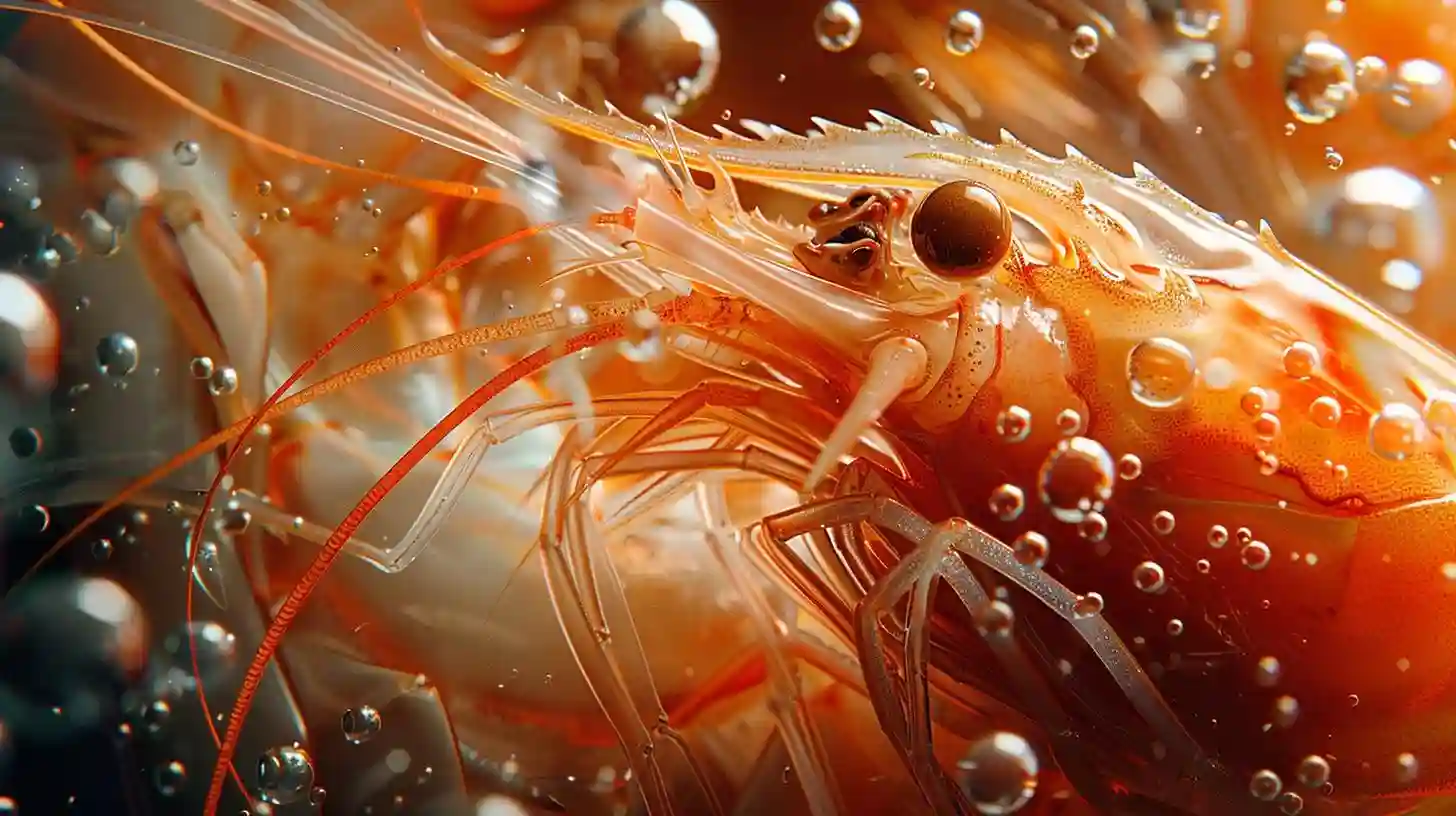
# The Great White Shark: Apex Predator of the Ocean
The great white shark, or *Carcharodon carcharias*, has long captivated the imagination of people worldwide. Renowned for its size and formidable reputation, this shark embodies the ocean's mystery and power. Found in coastal areas with warm temperate waters, great whites are recognized by their distinctive conical snout, angular body, and dorsal fin—features that instill both awe and fear.
Great whites can grow to impressive lengths, with some individuals exceeding twenty feet. Their elongated bodies are finely adapted for speed and stealth, enabling efficient prey capture. The powerful muscles surrounding their tails propel them through water with agility, allowing for astonishing bursts of speed, particularly during hunting. The shark uses a unique ambush strategy, launching itself out of the water in spectacular breaches to capture unsuspecting seals.
The great white's coloration is pivotal to its hunting success. With a pale underside and a darker dorsal side, it exhibits counter-shading that effectively disguises it from both prey and predators. From below, the lighter belly blends with the sunlight filtering through the water, while the darker back seamlessly merges with the seabed. This adaptation is just one of many evolutionary traits that enable the great white to thrive as an apex predator.
Primarily carnivorous, great whites feast on marine mammals like seals and sea lions but also prey on fish and sometimes other sharks. Their exceptional sense of smell can detect blood from miles away, while acute hearing picks up faint sounds of marine life in distress. When hunting, they follow prey stealthily and strike with ferocious speed, typically targeting the abdomen or vital organs.
Reproduction is complex and less understood. Great whites are ovoviviparous, meaning the eggs hatch inside the female's body, with the young developing there before birth. A female can produce several pups, but the gestation period remains uncertain, lasting between eleven months and two years. Young sharks are often well-developed at birth and capable of swimming away immediately, although survival rates are low due to predation by larger sharks.
Great white behavior fascinates scientists and enthusiasts alike. Often misconceived as mindless killers, these sharks exhibit curiosity and intelligence, investigating unknown objects or species with their mouths, which can lead to accidental bites. This contributes to the misconception that they attack humans out of aggression; most bites are exploratory.
Media portrayals, especially in films like **Jaws**, have vilified great whites, skewing public perception. However, great whites play a crucial role in maintaining the health of marine ecosystems, regulating populations of various marine species and contributing to ecological balance.
Unfortunately, great white sharks face significant threats today. Overfishing, bycatch, and habitat loss have led to declining populations. These sharks are caught unintentionally or targeted for their fins, prized in the shark fin trade. Conservation efforts aim to protect these majestic animals, with measures like marine protected areas and fishing regulations.
Public understanding is slowly shifting, thanks to advocacy by marine biologists and environmental organizations. Educational initiatives on the behavior and significance of great whites are essential to foster appreciation and highlight their importance in ocean health.
Scientific research is vital for understanding great white migratory patterns, breeding habits, and ecological roles. Advancements like satellite and acoustic tagging are revealing fascinating insights into their behaviors. Great white sharks also attract eco-tourism, promoting economic opportunities while fostering empathy for these creatures through responsible tourism.
The great white shark embodies both the beauty and brutality of nature. As marine ecosystems face unprecedented challenges from climate change, pollution, and overfishing, protecting these apex predators becomes paramount. By fostering an informed and appreciative public, we hope to ensure the survival of the great white shark for generations to come. The future of this iconic species and the health of the oceans depend on the collective efforts of scientists, conservationists, and the general public.
Great white sharks are essential ocean predators, playing a crucial role in maintaining marine ecosystems by regulating the populations of their prey. Their presence indicates a healthy ocean environment, and they help maintain balance within the marine food web. Protecting these magnificent creatures is vital for ocean health.
Travel





















